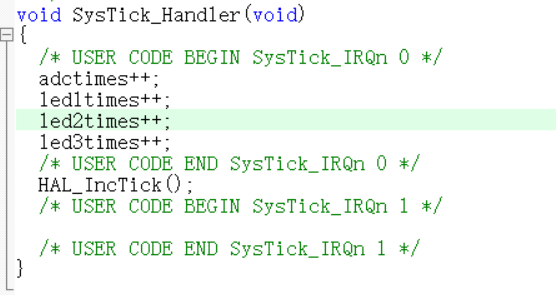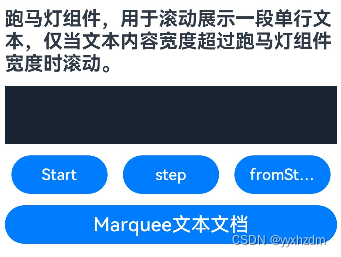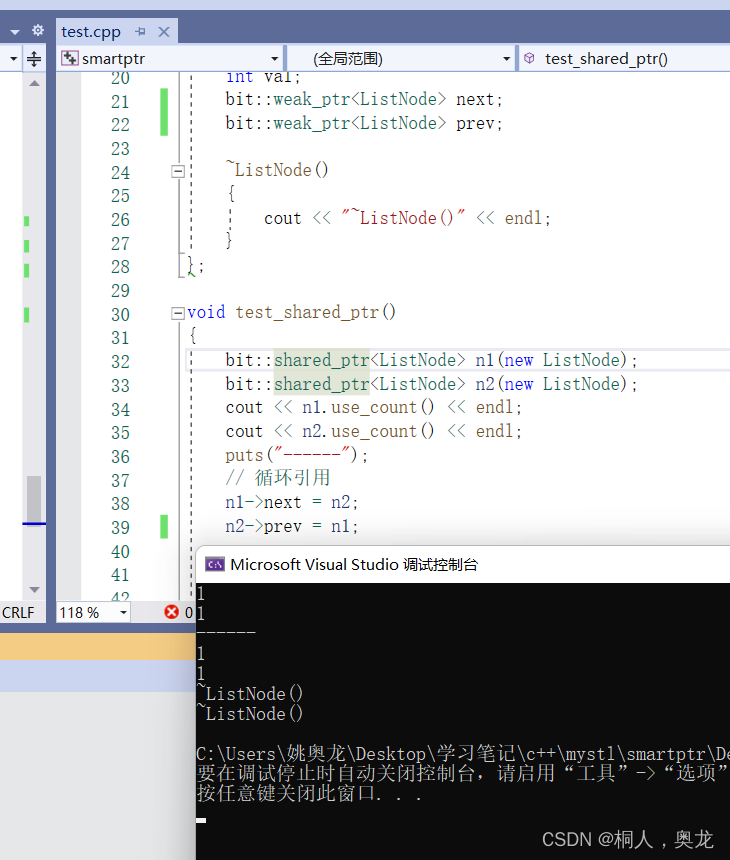当我们在一个Web应用中使用WebAssembly,最终的目的要么是执行wasm模块的入口程序(通过start指令指定的函数),要么是调用其导出的函数,这一切的前提需要创建一个通过WebAssembly.Instance对象表示的wasm模块实例(源代码)。
一、wasm模块实例化总体流程
虽然编程模式多种多样,但是wasm模块的实例化总体采用如下的流程:
-
步骤一:下载wasm模块文件;
-
步骤二:解析文件并创建通过WebAssembly.Module类型表示的wasm模块;
-
步骤三:根据wasm模块,结合提供的导入对象,创建通过WebAssembly.Instance类型表示的模块实例。
二、利用WebAssembly.Module创建实例
我们照例通过一个简单的实例来演示针对wasm模块加载和模块实例创建的各种编程模式。我们首先利用WebAssembly Text Format(WAT)形式定义如下一个wasm程序,定义的文件名为app.wat。如代码所示,我们定义了一个用于输出指定浮点数(i64)绝对值的导出函数absolute。绝对值通过f64.abs指令计算,具体得输出则通过导入的print函数完成。
(module(func $print (import "imports" "print") (param $op f64) (param $result f64))(func (export "absolute") (param $op f64)(local.get $op)(f64.abs (local.get $op))(call $print))
)我们通过指定wat2wasm (源代码压缩包种提供了对应的.exe)命令(wat2wasm app.wat –o app.wasm)编译app.wat并生成app.wasm后,定义如下这个index.html页面,作为宿主程序的JavaScript脚本完全按照上面所示的步骤完成了针对wasm模块实例的创建。
<html><head></head><body><div id="container"></div><script>var print = (op, result) => document.getElementById("container").innerText = `abs(${op}) = ${result}`;fetch("app.wasm").then((response) => response.arrayBuffer()).then(bytes => {var module = new WebAssembly.Module(bytes);var instance = new WebAssembly.Instance(module, {"imports":{"print": print}});instance.exports.absolute(-3.14);})</script></body>
</html>具体来说,我们调用fetch函数将app.wasm文件下载下来后,我们将获得的字节内容作为参数调用构建函数创建了一个WebAssembly.Module对象。然后将这个Module对象和创建的导入对象({"imports":{"print": print}})作为参数调用构造函数创建了一个WebAssembly.Instance对象,该对象正是我们需要的wasm模块实例。我们从模块实例中提取并执行导出的absolute函数。导入的print函数会将绝对值计算表达式以如下的形式输出到页面中。
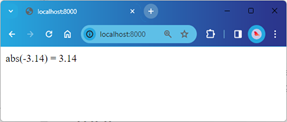
除了调用构造函数以同步(阻塞)的方式根据WebAssembly.Module对象创建WebAssembly.Instance对象外,我们还可以调用WebAssembly.instantiate静态方法以异步的方式“激活”wasm模块实例,它返回一个Promise<WebAssembly.Instance>对象。
var print = (op, result) => document.getElementById("container").innerText = `abs(${op}) = ${result}`;
fetch("app.wasm").then((response) => response.arrayBuffer()).then(bytes => {var module = new WebAssembly.Module(bytes);return WebAssembly.instantiate(module, { "imports": { "print": print } });}).then(instance => instance.exports.absolute(-3.14));三、通过字节内容创建创建实例
静态方法WebAssembly.instantiate还提供了另一个重载,我们可以直接指定下载wasm模块文件得到的字节内容作为参数。这个重载返回一个Promise<WebAssembly.WebAssemblyInstantiatedSource>对象,WebAssemblyInstantiatedSource对象的instance属性返回的正是我们需要的wasm模块实例。
var print = (op, result) => document.getElementById("container").innerText = `abs(${op}) = ${result}`;
fetch("app.wasm").then((response) => response.arrayBuffer()).then(bytes => WebAssembly.instantiate(bytes, {"imports":{"print": print}})).then(result =>result.instance.exports.absolute(-3.14));四、利用XMLHttpRequest加载wasm模块
fetch函数是我们推荐的用于下载wasm模块文件的方式,不过我们一定义要使用传统的XMLHttpRequest对象也未尝不可。上面的三种激活wasm模块实例的方式可以采用如下的形式来实现。
var print = (op, result) => document.getElementById("container").innerText = `abs(${op}) = ${result}`;
const request = new XMLHttpRequest();
request.open("GET", "app.wasm");
request.responseType = "arraybuffer";
request.send();request.onload = () => {var bytes = request.response;var module = new WebAssembly.Module(bytes);var instance = new WebAssembly.Instance(module, {"imports":{"print": print}});instance.exports.absolute(-3.14);
};上面演示的利用创建的WebAssembly.Module对象和导入对象调用构造函数创建WebAssembly.Instance的同步形式。下面则是将二者作为参数调用静态方式WebAssembly.instantiate以异步方式激活wasm模块实例的方式。
var print = (op, result) => document.getElementById("container").innerText = `abs(${op}) = ${result}`;
const request = new XMLHttpRequest();
request.open("GET", "app.wasm");
request.responseType = "arraybuffer";
request.send();request.onload = () => {var bytes = request.response;WebAssembly.instantiate(request.response, {"imports":{"print": print}}).then(result => result.instance.exports.absolute(-3.14));
};下面演示WebAssembly.instantiate静态方法的另一个重载。
var print = (op, result) => document.getElementById("container").innerText = `abs(${op}) = ${result}`;
const request = new XMLHttpRequest();
request.open("GET", "app.wasm");
request.responseType = "arraybuffer";
request.send();request.onload = () => {var bytes = request.response;WebAssembly.instantiate(request.response, {"imports":{"print": print}}).then(result => result.instance.exports.absolute(-3.14));
};五、极简编程方式
其实我们有“一步到位”的方式,那就是按照如下的形式执行静态方法WebAssembly.instantiateStreaming。该方法的第一个参数用于提供下载.wasm模块文件的PromiseLike<Response>对象,第二个参数则用于指定导入对象。该方法同样返回一个Promise<WebAssembly.WebAssemblyInstantiatedSource>对象,WebAssemblyInstantiatedSource的instance属性返回的正是我们所需的wasm模块实例。
var print = (op, result) => document.getElementById("container").innerText = `abs(${op}) = ${result}`;
WebAssembly.instantiateStreaming(fetch("app.wasm"), {"imports":{"print": print}}).then(result => result.instance.exports.absolute(-3.14))文章转载自:Artech
原文链接:https://www.cnblogs.com/artech/p/17994560/wasm_loading
体验地址:引迈 - JNPF快速开发平台_低代码开发平台_零代码开发平台_流程设计器_表单引擎_工作流引擎_软件架构

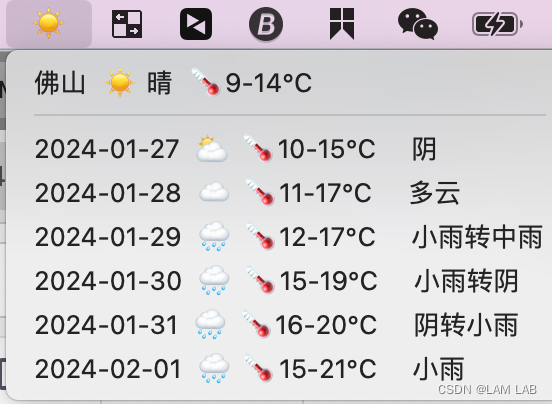
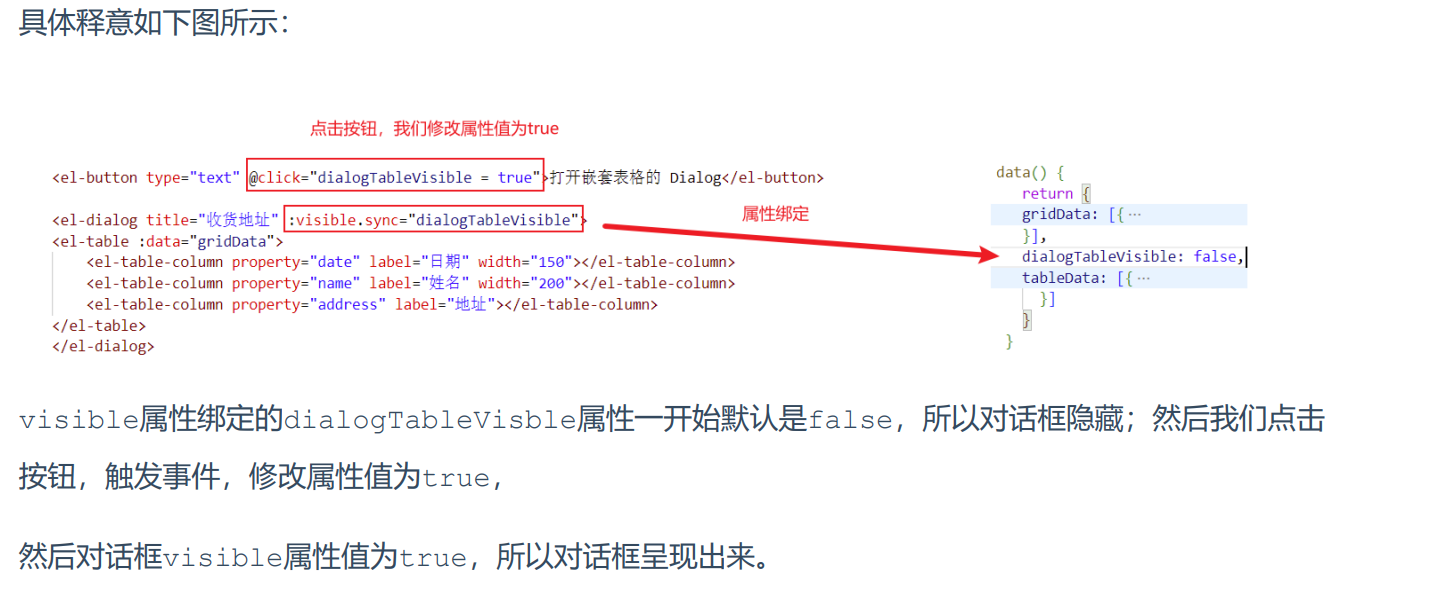
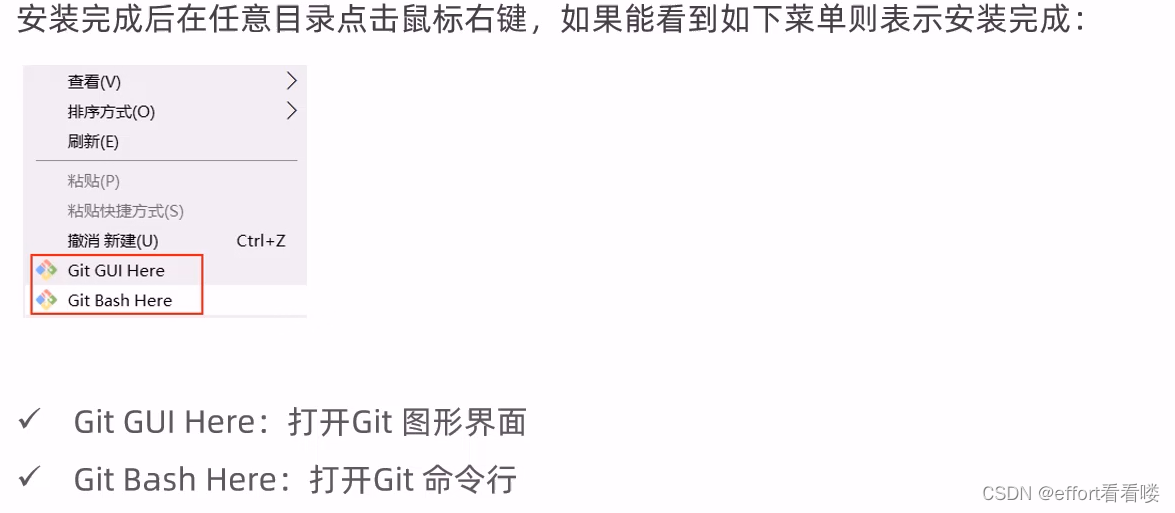
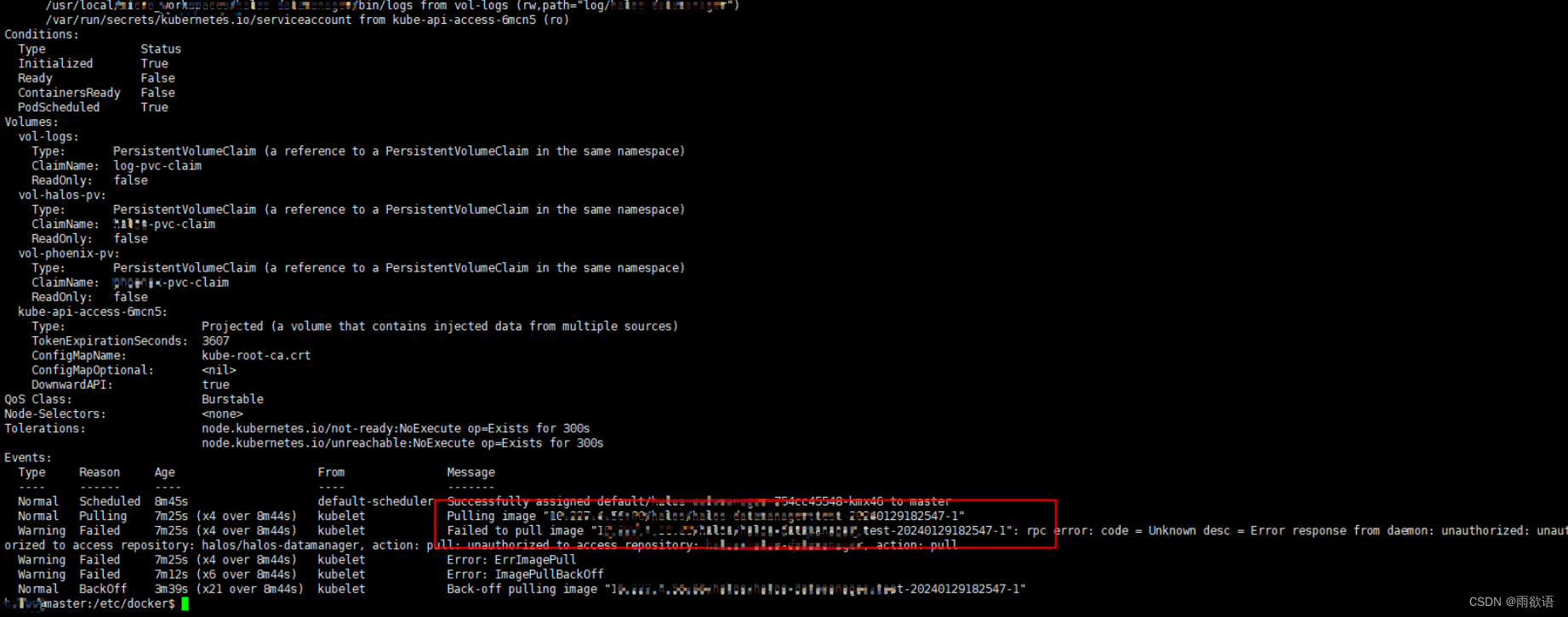
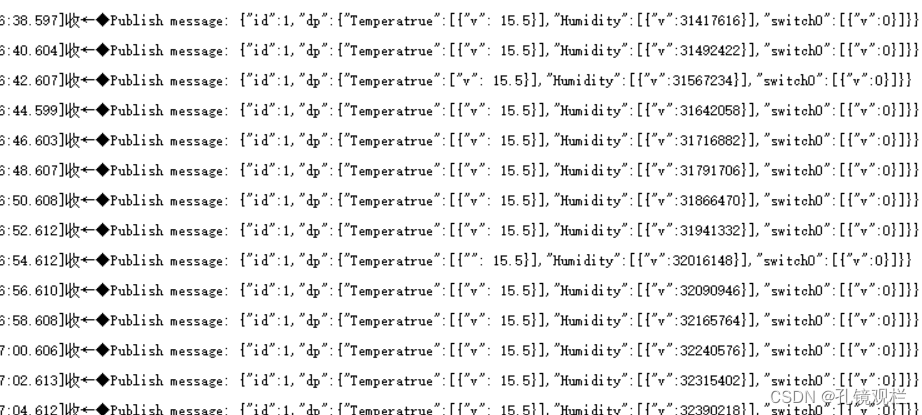


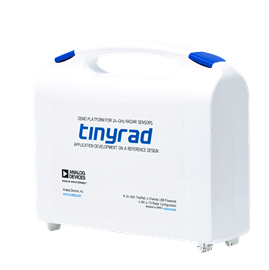
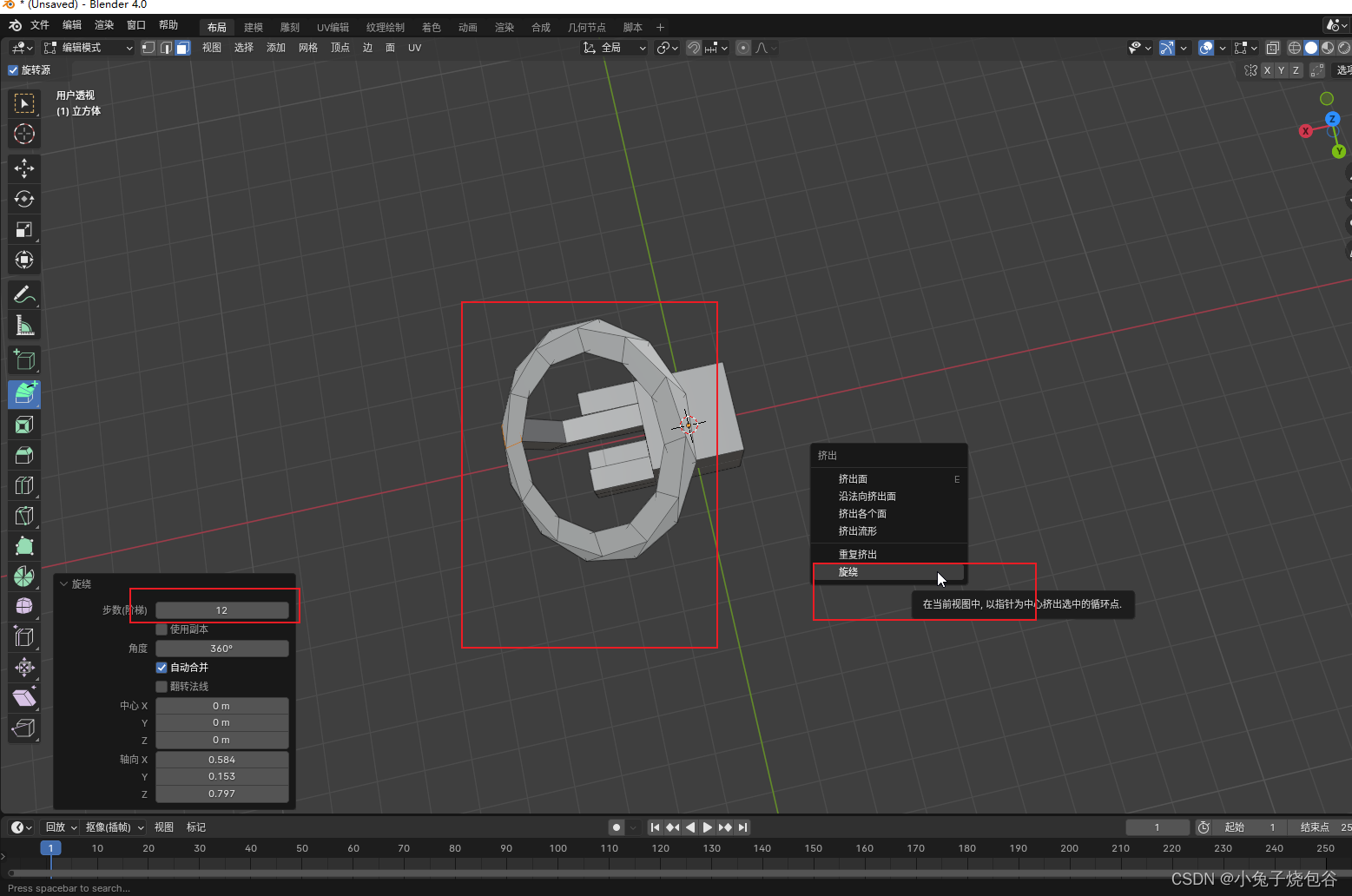
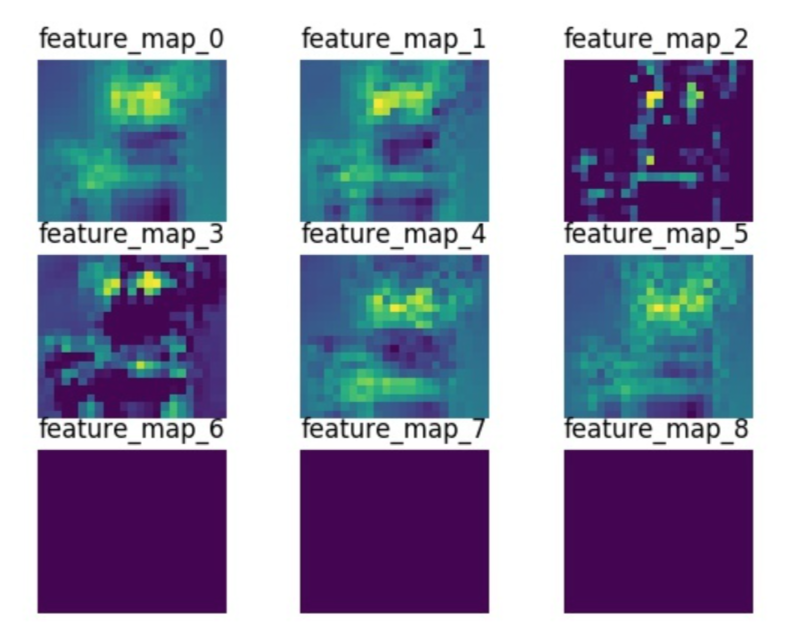
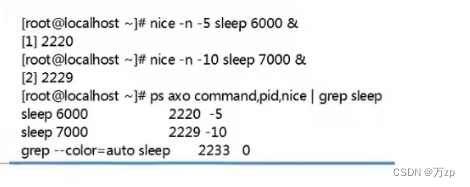

![轮转数组[中等]](https://img-blog.csdnimg.cn/direct/0cb205d89f4e4b3b86af6086a38fd8b5.png)

